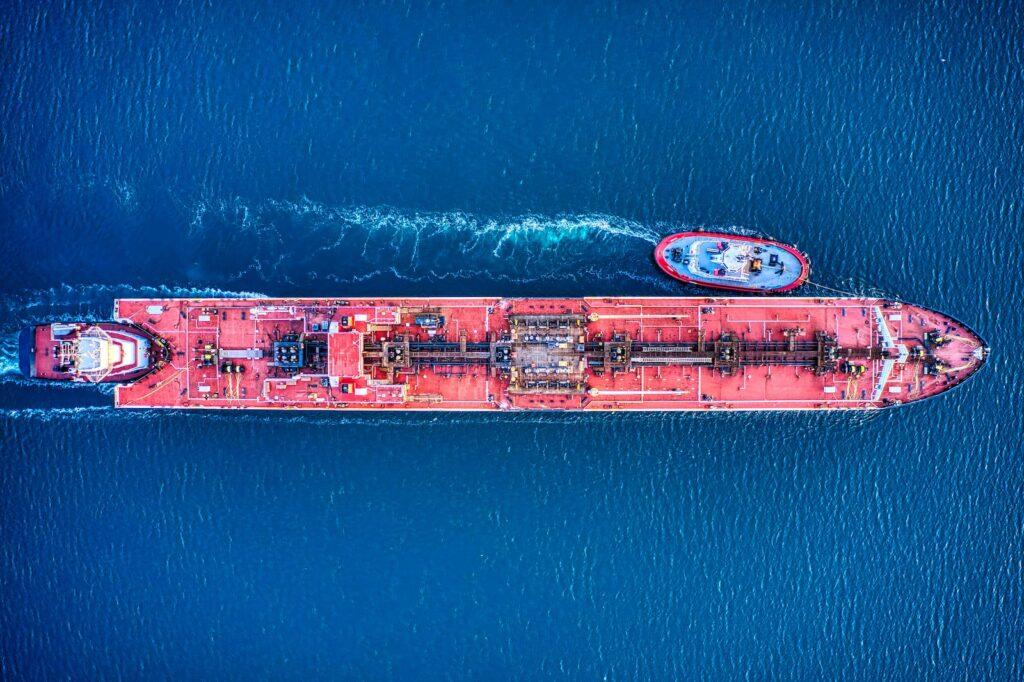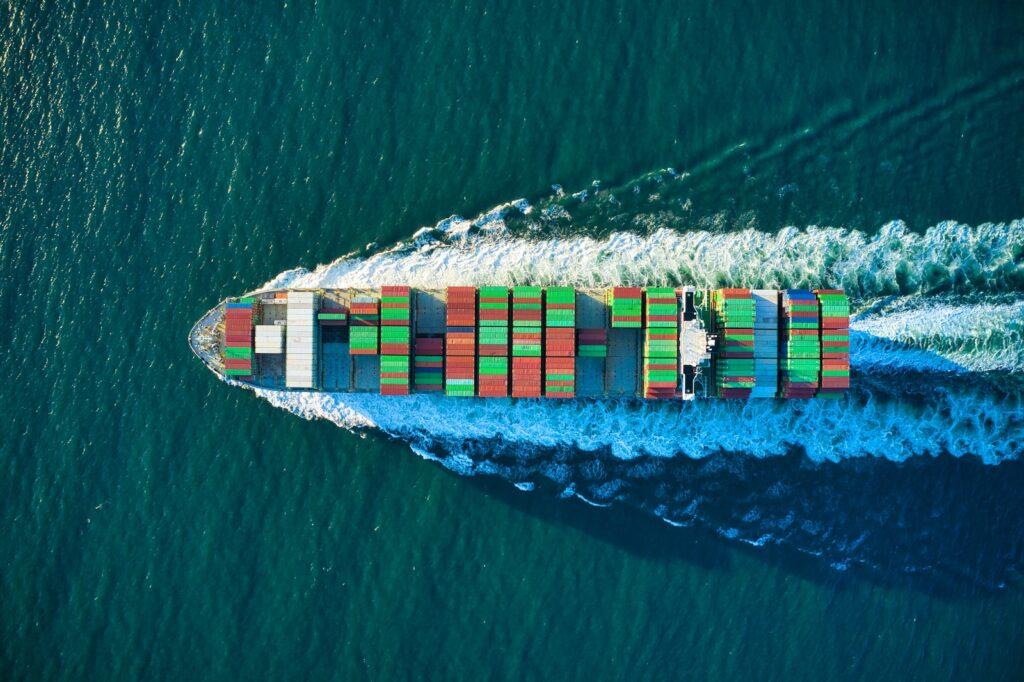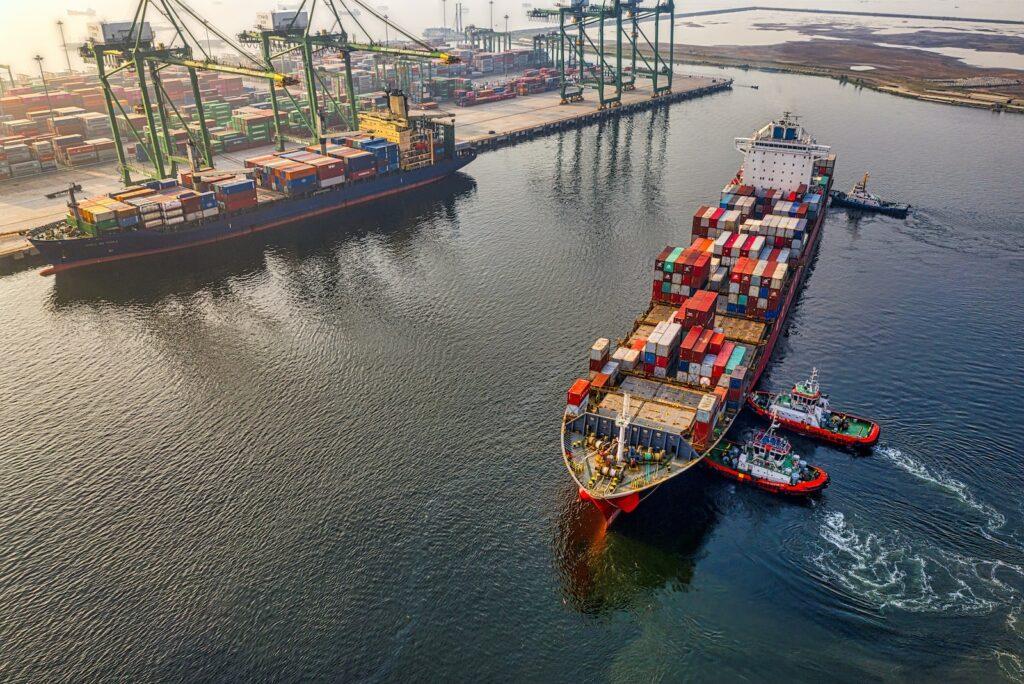How Does a Rudder Function on a Ship
Do you ever wonder how a ship changes direction in the vast ocean? Well, let’s dive into the fascinating world of ship steering.
Have you ever noticed the small fin-like structure at the back of a ship? That’s the rudder, and it plays a crucial role in guiding the vessel. In this article, we’ll explore the mechanics behind a ship’s rudder function, the forces involved, and the different types of rudders used in the marine industry.
So, hop aboard and discover the secrets of smooth sailing!
Key Takeaways
- The rudder is a vital component of a ship’s steering system that allows you to control the direction of the vessel.
- Hydrodynamics play a key role in generating turning forces, with the shape and size of the rudder creating pressure differences and rudder deflection changing the pressure distribution.
- Different types of marine rudders include spade rudders, balanced rudders, skeg rudders, twin rudder systems, and flap rudders, each with their own advantages and functions.
- Factors such as hull design, water conditions, rudder size and shape, rudder position, and regular maintenance all affect the efficiency of a ship’s rudder.
The Role of a Rudder in Ship Steering
You need to understand the role of a rudder in ship steering. The rudder is a vital component of a ship’s steering system, allowing you to control the direction of the vessel. It’s located at the rear of the ship, attached to the stern. When you turn the wheel or use the controls, the rudder responds, redirecting the flow of water passing over it. This redirection creates a force that pushes against the water, causing the ship to change its course.
The rudder works by using the principle of hydrodynamics. As water flows over the rudder, it creates pressure differences on either side of the rudder. The side with higher pressure pushes against the rudder, causing it to deflect and change the direction of the ship. By adjusting the angle of the rudder, you can control the amount of force exerted on the water, thus controlling the ship’s steering.
In essence, the rudder gives you the freedom to navigate the vast open waters. It allows you to chart your own course, explore new horizons, and venture into uncharted territories. Without a properly functioning rudder, your ship would be at the mercy of the currents, unable to steer towards your desired destination.

Understanding Turning Forces Generated by a Rudder
To fully comprehend the turning forces generated by a rudder, you must grasp the concept of hydrodynamics and the way water pressure interacts with the rudder’s deflection. It may sound complicated, but don’t worry, understanding this will empower you to navigate the open waters with ease. Here are three key points to help you grasp the concept:
- Hydrodynamics: Imagine the water flowing past a rudder as you steer your ship. The shape and size of the rudder create pressure differences on either side. This pressure difference creates a force that pushes against the water, causing the ship to turn.
- Rudder deflection: When you turn the ship’s wheel, the rudder deflects, changing its angle in relation to the water flow. This deflection alters the pressure distribution, resulting in a force that steers the ship in the desired direction.
- Turning moment: The turning moment is the force generated by the rudder that causes the ship to turn. It depends on various factors, including the ship’s speed, the rudder’s size, and the angle of deflection. By adjusting these factors, you can control the turning moment and navigate the ship with precision.
Understanding the turning forces generated by a rudder gives you the freedom to explore the vast ocean and sail wherever your heart desires. So, embrace this knowledge and set sail on your adventures with confidence!

Exploring Different Types of Marine Rudders
There are several different types of marine rudders that play a crucial role in steering a ship. As someone who values freedom, it’s important for you to understand these different types, as they allow ships to navigate through the vast oceans.
One type of rudder is the Spade rudder, which is free to pivot on a shaft and provides excellent maneuverability.
Another type is the Balanced rudder, where the forward and aft parts of the rudder are of equal area, resulting in reduced steering forces.
The Skeg rudder, on the other hand, is attached to a skeg, providing stability and protection.
For those who desire versatility, the Twin rudder system is a great option, as it consists of two smaller rudders that work independently or together, depending on the ship’s needs.
Lastly, the Flap rudder is designed with a hinged portion or flap that can be adjusted to increase steering effectiveness.
With these various types of marine rudders, ships can navigate freely and safely, giving you the freedom to explore the open seas.

The Mechanics Behind Rudder Functionality
To understand how a rudder functions on a ship, it’s important to delve into the mechanics behind its functionality. The rudder plays a crucial role in steering the ship and ensuring its safe navigation through the waters. Here’s a breakdown of the mechanics behind a rudder’s functionality:
- Hydrodynamics: The rudder is designed to take advantage of the water flow passing by it. It creates a force that pushes against the water, allowing the ship to change its direction.
- Balance and Control: The rudder is positioned at the stern of the ship, below the waterline. It’s connected to the steering mechanism, such as the wheel or joystick, allowing the helmsman to control its movement. By turning the rudder, the helmsman can change the direction in which the ship is heading.
- Size and Shape: The size and shape of the rudder are critical factors in its functionality. A larger rudder provides more control and maneuverability, while a well-designed shape ensures smooth water flow around the rudder, minimizing resistance.
Understanding the mechanics behind a rudder’s functionality empowers you with the knowledge to navigate the ship freely and safely, embracing the freedom that the open waters offer. So, next time you’re at the helm, remember the important role the rudder plays in guiding your ship.
Factors Affecting the Efficiency of a Ship’s Rudder
Maximizing the efficiency of your ship’s rudder relies on carefully considering factors such as hull design and water conditions. These factors play a crucial role in determining how effectively the rudder can steer your ship.
Table: Factors Affecting the Efficiency of a Ship’s Rudder
| Factors | Description |
|---|---|
| Hull Design | The shape and size of the ship’s hull can impact the flow of water around the rudder. A well-designed hull can help to minimize drag and turbulence, allowing the rudder to function more efficiently. |
| Water Conditions | The state of the water, including its depth, density, and speed, can affect how the rudder interacts with it. Calm, deep water allows for smoother maneuvering, while rough, shallow water can create turbulence and resistance. |
| Rudder Size and Shape | The dimensions and shape of the rudder itself influence its performance. A larger rudder can generate more force, but it may also increase drag. The shape of the rudder must be carefully designed to balance these factors. |
| Rudder Position | The placement of the rudder on the ship can impact its effectiveness. It should be positioned to ensure maximum contact with undisturbed water, avoiding any interference from other parts of the ship. |
| Maintenance | Regular maintenance of the rudder is essential to ensure its efficiency. This includes checking for any damage, corrosion, or fouling that could impede its movement or ability to steer the ship. |
Conclusion
So there you have it, the rudder is a crucial component in steering a ship. By understanding the turning forces it generates and the different types of marine rudders available, we can appreciate the mechanics behind its functionality.
Factors such as ship speed, rudder size, and water flow affect its efficiency.
Next time you see a ship sailing smoothly, remember the important role the rudder plays in keeping it on course.
